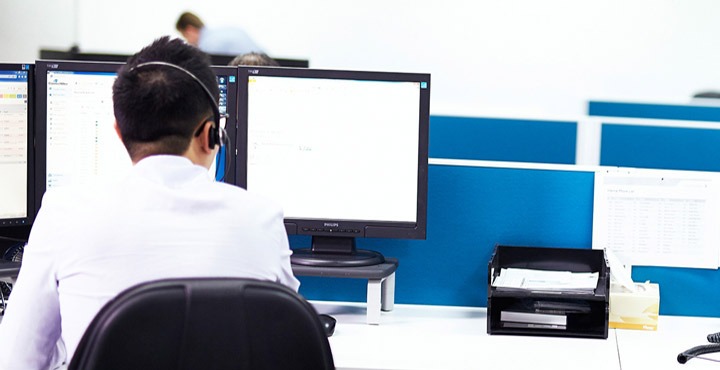Introducing our brand new logo and website

We’re proud to announce a new look for Insight Integration. From today we’ll be flying our brand new logo at full mast at 60 York Street. We were keen that our logo still symbolised the four cornerstones of good IT management but we added the phrase, “Experience Better IT” to highlight our core promise, which we believe, is what sets us apart from our competitors, and more importantly, what it delivers for our clients.
When you head to our website, you will be redirected to our new URL: www.insightintegration.com.au
We started Insight Integration in 1999 and for 16 years Insight Integration has helped many Sydney businesses experience better IT. So we thought our company name deserved a bit more respect and decided to use the full name, not an abbreviated version, on our website and emails, for example:
[email protected] or [email protected]
Which brings us to the launch of our new website…
We are very proud of the outstanding services and superior support we provide our clients, so we wanted our website to reflect that, improving it to clearly explain our service offerings in what we do with much less tech talk. And we’ve made it easier to navigate and find the information and support tools that are important to you.
But a new look and new website don’t mean much without remaining steadfast in our commitment to you. We will continue to listen to your concerns, assess, improve and offer cost-effective solutions, tailored specifically to your business needs. By managing your IT proactively backed by our superior support, we promise to deliver consistent and optimal performance from your IT, giving you the confidence to get on with your business.
We’re delighted to share our news with you. Please contact us if there’s anything more that we can help you with. And if you know of any business that might benefit from better IT performance, we’d be grateful if you shared our message with them.
Brendan, Todd and all the team at
Insight Integration

